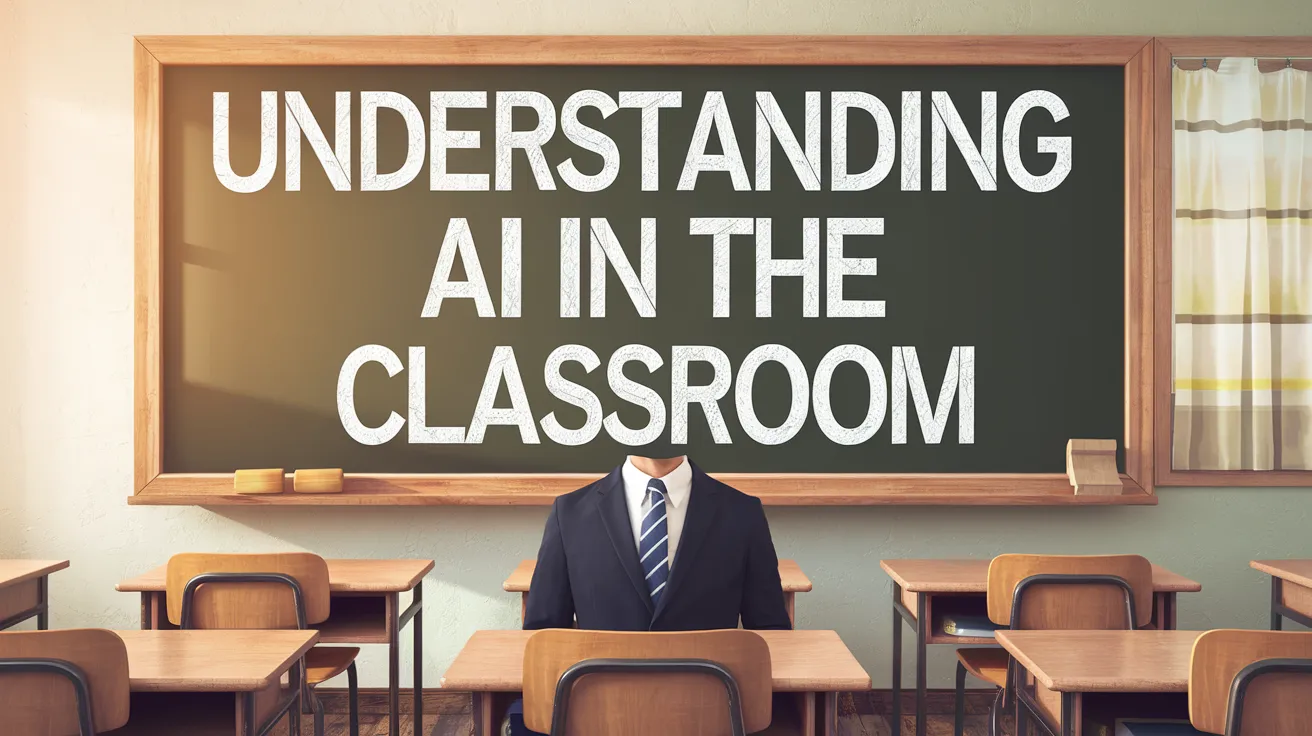Understanding AI in the Classroom

As artificial intelligence (AI) becomes an integral part of K-12 education, parents are increasingly concerned about its implications for their children’s learning experiences. With the start of the 2025-26 academic year, many schools are introducing policies requiring students to agree to the “responsible use of AI.” However, the specifics of these agreements vary widely, leading to a sense of uncertainty among parents and educators alike.
Experts like Victor R. Lee, a notable figure in AI and education at Stanford, emphasize the need for parents to understand how AI is currently being used and what that means for their children. There’s a noticeable gap in AI literacy between students and teachers, with the former often progressing faster in their understanding of these technologies. Parents are urged to advocate for their kids to ensure that AI is utilized effectively and ethically within educational settings.
Understanding AI Use in Schools
AI features prominently in various educational contexts today, including personalized learning, tutoring, and grading aids. To navigate these changes, parents are encouraged to find out how their children’s teachers plan to implement AI in their curricula. This information can be sourced from school websites, teacher syllabi, or direct communications with instructors.
Prominent educational tools that use AI, such as Duolingo and Khan Academy, provide students with conversational chat interfaces to help grasp subjects like foreign languages and math, respectively. Moreover, initiatives like Kahoot provide engaging game-based learning experiences to enhance student engagement.
However, students are also turning to generative AI, such as ChatGPT and Claude, for assistance with their writing and research. This trend has prompted some schools to adopt AI detection software, yet these tools often misidentify original student work as AI-generated, leading to confusion and frustration.
To mitigate these issues, educators are increasingly leveraging resources from initiatives like CRAFT, which aims to educate students on AI and its implications across various subjects. While there’s a steep learning curve for teachers regarding AI integration, it’s crucial for schools to support their staff with training and development opportunities. As noted in a recent study, many educators harbor legitimate concerns about misinformation and academic integrity in a classroom increasingly influenced by AI.
Engaging with School Leadership
For parents looking to ensure that AI deployment in schools meets their concerns, reaching out to school administrators can be beneficial. Victor R. Lee suggests parents ask several key questions: Does the school have an existing AI policy? What specific tools are approved? How is the school supporting teachers in learning new AI strategies? What messages should parents convey regarding AI use? Is there an AI committee that parents could join to discuss further? These inquiries can help parents gain a clearer understanding of their school’s stance on AI, while also allowing them to take an active role in shaping AI guidelines and practices.
Communicating About AI with Children
While the long-term impacts of AI on student development remain uncertain, it is essential for parents to foster open discussions about AI’s appropriate use. Victor R. Lee suggests parents remind students that learning should be a challenging process, and they should be wary of letting AI replace meaningful human interactions that are crucial for social development. Continuous dialogues about the ethical and responsible use of AI will help children navigate this technology without bypassing the complexities of their educational assignments.
Ultimately, parents have the opportunity to model responsible behavior and create an environment where ethical considerations surrounding AI are openly discussed. This will not only empower their children but also align home and school expectations regarding AI technology in education.